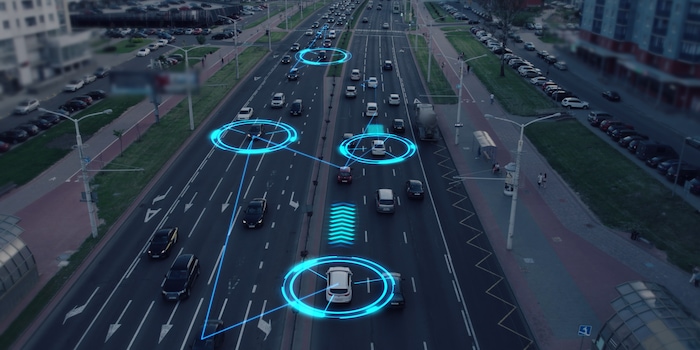
Emergency calls from the dead zone: cars transmit via satellite
If the mobile phone network fails, the satellite steps in: In Paris, networked cars have successfully exchanged emergency messages via orbit for the first time.
For the first time, connected cars have communicated with each other directly via satellite: and not in a laboratory, but in a realistic test scenario. The industry alliance 5G Automotive Association (5GAA) demonstrated at a public demonstration in Paris how vehicles will be able to exchange emergency calls and important data without a mobile phone network in future. This is done via so-called Non-Terrestrial Networks (NTN).
The vehicles not only communicate with the infrastructure, but also directly with each other. The aim is to report accidents more quickly, coordinate emergency services more efficiently and warn other road users in good time. Even in remote regions or in the event of natural disasters.
Seamless switching between network and orbit
The demonstration took place on public roads. The vehicles automatically switched between the 5G network and satellite connection. Voice communication also worked in real time thanks to AI-supported compression. The switch remained invisible to the drivers. The system decides for itself which connection is currently available and most reliable.
The technology shown is based on the 3GPP Release 17 mobile communications standard, which enables the integration of narrowband NTN for the first time. LEO satellites (Low Earth Orbit) are used, which orbit the earth at altitudes of around 500 to 1200 kilometres. They are therefore faster and more efficient when it comes to data connections.
Why this is important
This technology can save lives, especially in rural areas or in the event of large-scale network outages, such as after a storm. It is also a key component for autonomous driving, which relies on a seamless data connection.
The 5GAA says it wants to have the technology ready for the market by 2027. By then, vehicles will be equipped with the ability to communicate via orbit as standard.
5G-V2X Direct: safety data in milliseconds from car to car
There was also a demonstration of 5G-V2X Direct (Vehicle-to-Everything). This is a technology in which vehicles communicate with each other directly via the 5G radio protocol: without any detours via the mobile network or central servers. This direct communication enables extremely low latency times and is crucial for safety-critical applications such as collision warnings, intersection assistance or cooperative driving.
A concrete application example for the new technology is the protection of particularly vulnerable road users such as pedestrians or cyclists. 5GAA member company Valeo demonstrated how connected vehicles exchange sensor data in real time in order to recognise a pedestrian obscured by an obstacle at a blind junction, for example.
In the demonstration, one vehicle detected the hazardous situation using its sensors and transmitted the information directly to a second vehicle via 5G-V2X. The latter was then able to adapt its driving style and brake in good time. According to current plans, the technology will initially be available in vehicles for commercial use between 2026 and 2029.
My interests are varied, I just like to enjoy life. Always on the lookout for news about darts, gaming, films and series.
From the latest iPhone to the return of 80s fashion. The editorial team will help you make sense of it all.
Show all